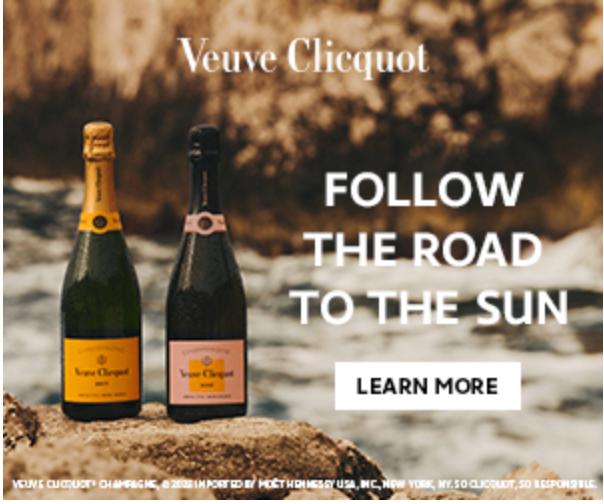Singer songwriter Jake Stirn Rocked Sunset Blvd’s Hotel Ziggy with his new critically acclaimed EP ‘Chicaglifornia’
Solo artist Jake Stirn delivered last night at the Hotel Ziggy on Sunset Blvd.
There has been a lot of buzz in the music industry about the young talented singer/songwriter/musician and last night hundreds of music lovers and fans got to see why.

The hour long show was flawless and was a great mix of Jake’s original songs from his critically acclaimed new EP ‘Chicaglifornia’ and a couple of classics!

Stirn came out strong with the opening track off his new EP “Pennies on the dollar” which was an instant hit with the crowd, ‘90 in October’ also was a crowd pleaser, truth be told, every song was flawless and resonated instantly with the audience.

Stirn’s back up ‘Friends Band’ sounded terrific and were a tight talented unit who gave Stirn the support and great sound that his polished and original songs deserved. The talented band consists of Garrett Easterly on bass, Riley Davis providing stellar background vocals, Zach Sutton on drums, Phil Coffey keyboard and an outstanding Dylan Andrews on guitar.

Stirn had the audience in the palm of his hand from the first song until the end when he put a bow on it with a cover of The Band’s timeless classic ‘The Weight’ where he generously gave everyone in the band a chance to shine.

The audience were enamored with handsome Stirn, who is easy on the eyes too, this wasn’t lost in the crowd either judging by the number of young models and pretty females in the front row who I caught gazing adoringly at him!

The Hotel Ziggy is showcasing great music artists and talent at their Sunset Blvd venue, and last night stood out as a very special performance.

Hopefully Stirn will return for a repeat performance for music fans not lucky enough to get the VIP invite this time around.

PeakPRgroup produced the red carpet event.
Guests enjoyed ONEHOPE wine and specialty crafted UNA vodka cocktails created by legendary mixologist Mary Christina Brown.
To learn more about Stirn and listen to his new EP Chicaglifornia go to:




